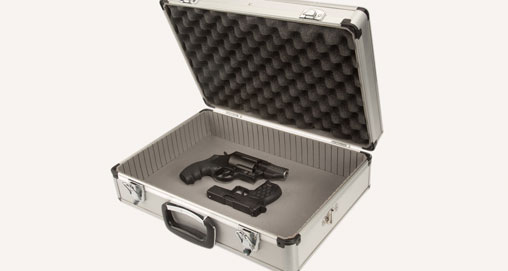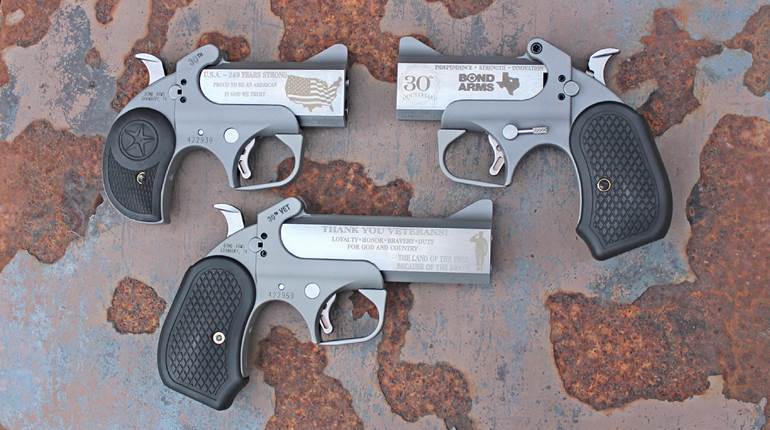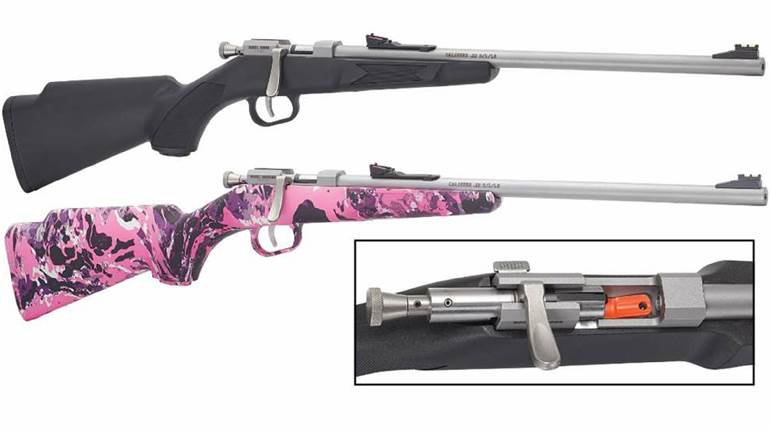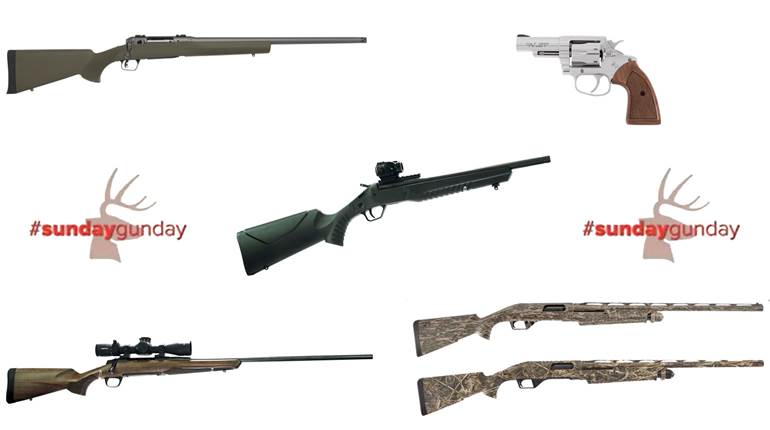
It is important for shooters to store their guns in a safe manner. A gun in a drawer or on a shelf does not qualify as safe in any way, even if it's unloaded and the ammunition is stored somewhere else. Guns stored in this condition leave the owner open to all kinds of trouble, including legal trouble in some states. But not everyone's storage requirements or living arrangements are the same.
No single gun storage option fills every role, or fits each budget, so it’s helpful to be able to compare them side by side. These storage options are intended to perform one or more of the following tasks, and they do so with various degrees of effectiveness:
•Prevent a gun from firing
•Protect a gun from physical damage
•Act as a theft deterrent
Please remember, no storage or safety device can replace common sense. Storage systems that will easily defeat the efforts of a 2-year-old armed with a plastic spoon may be no match for a teenager with an understanding of power tools. It's important to evaluate the cost/benefit ratio of each of these options against your specific gun storage needs. The following list starts with simple and less-expensive choices and moves up from there.
Trigger and Cable Locks
These locking devices are intended to keep a gun from firing. They represent the absolute bare minimum in safe gun storage options. Most new guns now arrive from the manufacturer with a lock of some kind in the box. Trigger shoes clamp and lock around the trigger housing to prevent the trigger from being pressed. They should not be placed on a loaded gun because they come in contact with the trigger as they are installed and removed. Cable locks allow the shooter to run the cable through the barrel or action of a firearm. Since the cable blocks the action from being closed, the gun cannot be loaded or fired with the cable lock in place.
Plastic & Fabric Gun Cases
Most guns travel to the range or the field in one of the plethora of padded fabric sleeves and foam-lined plastic cases that line the walls of sporting goods stores. Most of these carriers can be locked externally, and some have locks built in. With a lock in place and the gun unloaded, most of these cases meet the minimum legal requirements for transporting a firearm in a vehicle, but be sure to check your local regulations.
This kind of storage case is easy to find, inexpensive to buy and lightweight enough to carry from point A to point B with relative ease. When locked, they can keep the gun from being touched or loaded by unauthorized users. However, the same padding that protects the gun from bumps and bruises can also retain moisture. This can cause the gun to rust if left in the case for extended periods of time. The materials these cases are made of are easily defeated by ordinary edged implements. They also have a low theft deterrence value unless you lock them inside of a larger container or attach them to some fixed object. Price Range: $10- $150
Strong Boxes & Metal Gun Cases
These gun containers strike a balance somewhere between the security of a locking cabinet and the portability of the common plastic or fabric cases. Metal gun cases are designed for portability, with strong, reliable locking systems. Strong boxes focus on mounting systems for permanent attachment and quick opening locks. Some handgun strong boxes offer electronic push-button access, or even biometric locks.
Both strong boxes and metal gun cases offer a much greater level of security because of the difficulty in opening them without the key or combination. They will also protect a gun's finish. The trade off for greater security is a higher price, plus you may need to buy some batteries or extra mounting hardware to take advantage of all the available features. Price Range: $25 - $350
Locking Steel Gun Cabinets
Cabinets differ from gun safes in several respects. They follow a less-is-more design. With a lighter gauge of steel, the finishes used, the simple locking mechanisms and the lack of insulation all reduce the cost of these units, making them much more affordable to cost conscious buyers. They are also lightweight enough to be used in apartment buildings or second-floor rooms where a safe would be too heavy or difficult to install.
Cabinets offer a much larger capacity and more configuration options than metallic gun cases, and they can be bolted to a wall or floor like a safe. They are a big step up from a case, but they are not as theft-resistant as a safe. If you have the cash for a high-end cabinet, you may want to spend a little more and purchase a less expensive safe. Price Range: $150 - $450
Gun Safes
Safes are one of the most secure gun storage options available. Even the basic units (though competing safe makers would disagree) have terrific advantages over any of the other gun storage options described so far. A locked safe will prevent a gun from being handled or loaded. The upholstered interior and built-in gun racks will help to protect the finish of the firearms. And, best of all, they are an effective theft deterrent.
Shopping for a gun safe is a lot like shopping for a car. You have a variety of makes, models and feature sets to consider when making a selection. Considering how much they cost, it makes sense to think of them with a life-time commitment in mind. The features that drive the cost of a safe should be kept in mind while shopping, including: the gauge (or thickness) of the steel used to construct the safe, the strength and reliability of the locking mechanism, the level of fire resistance (if any), the extent of the warranty, shelf and rack configuration options, as well as the color and quality options for the exterior finish. The most common mistake is to buy a safe that's too small. A unit that's a perfect fit for your collection today may not serve your needs 10 years from now.
The disadvantages of a gun safe are known to anyone who has looked them over. They are large, heavy, difficult to move and install, and expensive to buy. With that in mind, they are well worth the trouble.
How do you know it's time to buy a safe? If your gun collection is worth more than the cost of the least expensive safe you would buy, then it’s time to start shopping for one. Price Range: $500 - $2500+.






































